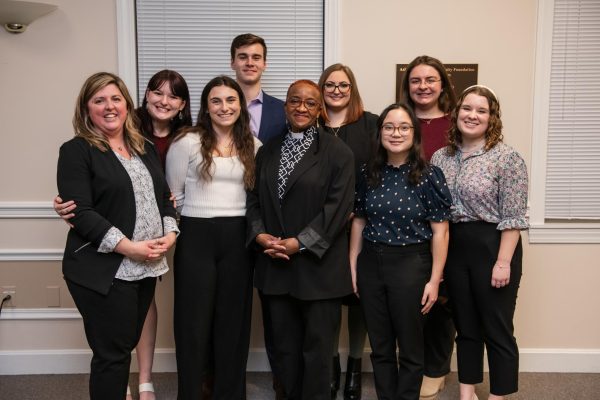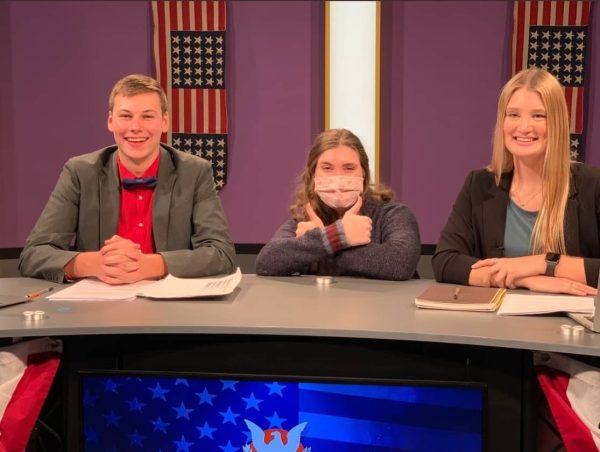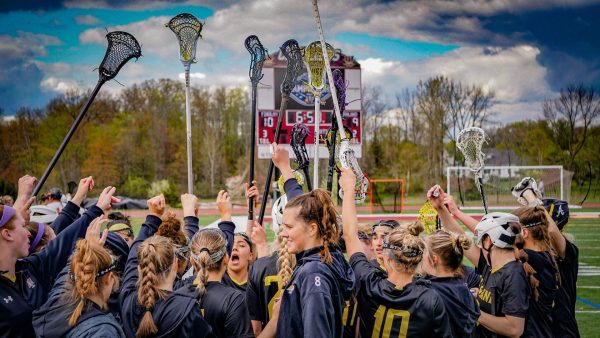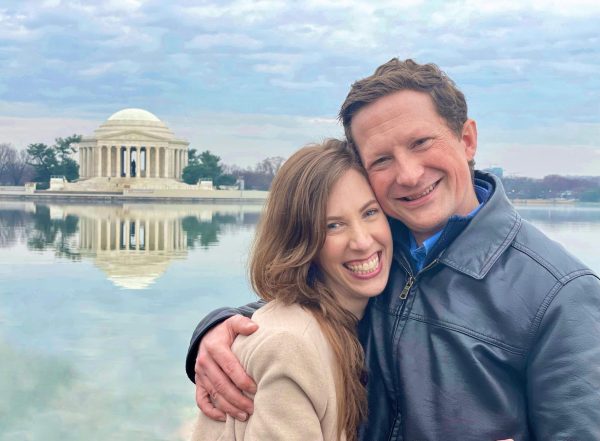Federal work study: What it means and how to check your eligibility
August 25, 2017
On campus jobs are a simple way to earn income as a college student, and there are two types of student employment: regular student employment and federal work study. The difference between the two types of employment is where the money comes from.
Regular student employees are paid out of the university budget by whichever department they work for. Federal work study is a federal financial aid program, so the government allocates money to a college or university to pay a percentage of payroll for working students with a demonstrated financial need.
The university determines a student’s demonstrated financial need based on FAFSA (Free Application for Federal Student Aid; requirement for those attending college) results, cost of attendance, and other aid received. That number determines the amount of federal work study money students can earn.
Students can find their work study eligibility on their financial aid award letter which is mailed out to incoming students and posted to Webadvisor for returning students.
Students also receive campus mail from the financial aid office at the start of the semester containing a cover letter explaining the program, what students should do if they are interested in working on camps, and a work authorization form. Commuter students will receive these forms in the mail.
Jamie Jarvis, a university financial aid counselor, explained while that amount is present on a financial aid award letter, it does not mean it will automatically apply to a student’s account.
“It’s a misconception, between students and parents alike, that because it’s listed on your financial aid award letter, it goes on your bill,” Jarvis said. “That doesn’t guarantee a job; the student has to find and apply for that job, start working, and earn a paycheck every two weeks. It doesn’t apply to your bill as a payment.”
In some cases, students can sign a contract with the Student Accounts Office to have earnings directly applied towards their bill though, instead of receiving a paycheck or direct deposit.
Career Connect, a service provided by the university, is a useful tool students can use to find and apply for all sorts of part-time, on campus jobs, as well as other full-time, off campus jobs. However, applying for a job on Career Connect requires uploading a resume, which Career Services can help students with.
Jarvis said it is university policy that departments and supervisors make every effort to hire work study eligibility students first because of their demonstrated financial need, but also because the university can use the federal work study allocation from the government to help fund a percentage of those paychecks, meaning “the money goes further, we can hire more students that way.”
The work authorization form states the work study eligibility amount. It will also recommend how many hours per week a student should work to stay within that amount based on a minimum wage average pay rate.
“When you find a job, you give that form to your supervisor so they know how many hours they can employ you for,” Jarvis said. Some campus positions, like those at Eagle’s Nest or Convo, can continue to employ student workers out of the department budget “if that amount is exceeded before the end of the semester.”
If a student has multiple jobs, all hours worked need to stay within that eligibility. There is only one work authorization form in the campus mailbox, which means students have to request an additional form for each additional job.
To request additional forms, email the financial aid office at [email protected] and pick it up when ready from the financial aid office on the third floor of Founders hall, room 310.
Fay Bayer, a financial aid assistant, typically prints the authorization forms and tracks the hours of work study students.
Bayer said the work study program is “a great way to pay down your bill and reduce your loan debt.”
Jarvis said on campus employment and federal work study is an excellent program because it helps a lot of students meet that extra need, whether it be for books, supplies, transportation, or occasionally eating out on the weekends.
“It really helps cover that gap,” she said.











